Whenever we speak of evolution and development, it is redefining methods and processes, inventing new techniques and products, and incorporating the latest technology and ideologies; but does it also mean eliminating the long-practiced principles that benefit the environment and humanity in any form. As architecture is moving towards free-flowing curvy forms and shiny materials, the essence of vernacular practices and local materials is vanishing leading to the disappearance of traditional architecture.
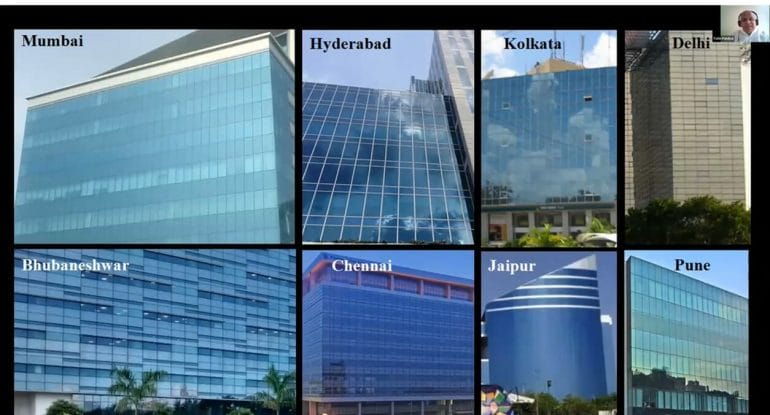
Architect Yatin Pandya says and preaches, “ Inspired by Yesterday, Aspired for Tomorrow” through all his projects. Abiding by this motto an architect needs to learn from the principles that existed before technology and the mechanization of things. The traditional principles are reflective of the neighborhood context and climate of the place defining the culture of the place causing no harm to nature. As sustainability is the need of the hour and green building is no longer another architectural style but a necessity to be incorporated in any design to cause minimal harm to mother nature, we must turn to traditional practices and principles and imbibe those principles in our present day designs.
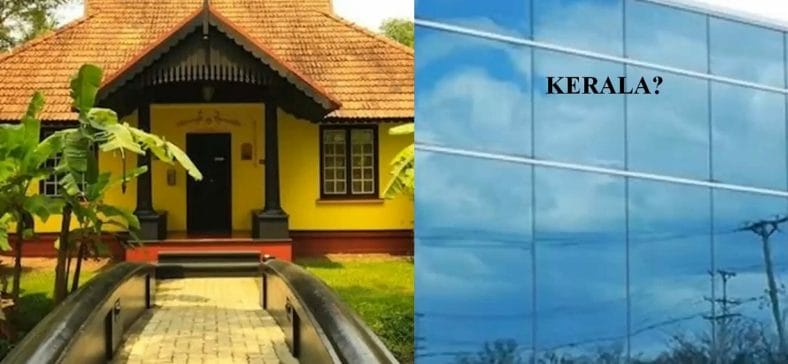
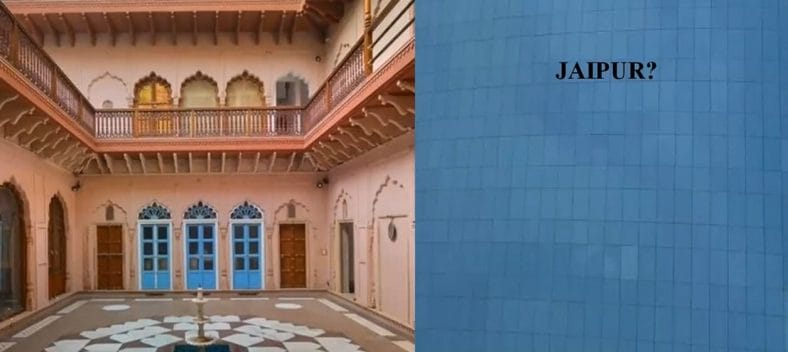
“In India, we have a good repository of traditional wisdom. Can We learn from them?”, says Architect Yatin Pandya at the Green Building Summit. He further adds, “ Not because old is gold but because they have performed over time”.
The traditional architecture should be looked back upon as it was responsive to the environment and provided a comfortable experience to the users. The design should retrospect the long-used principles and find the relevance of any structure with its surroundings to further conceive the concept and form for any project. The geography and climatic context should be considered while designing a building to conclude a built-form that is unique to its surroundings and in itself.

Features such as thick walls for insulation, multi-layered roofs for ventilation, terraces and courtyards for cross-ventilation and openness, fenestrations and tripartite windows working on the scientific principles and cooling the spaces, and skylights for diffused light and illumination are the traditional architecture principles incorporated in the design to craft a comfortable and sustainable space before sustainability and green architecture terminologies even existed.
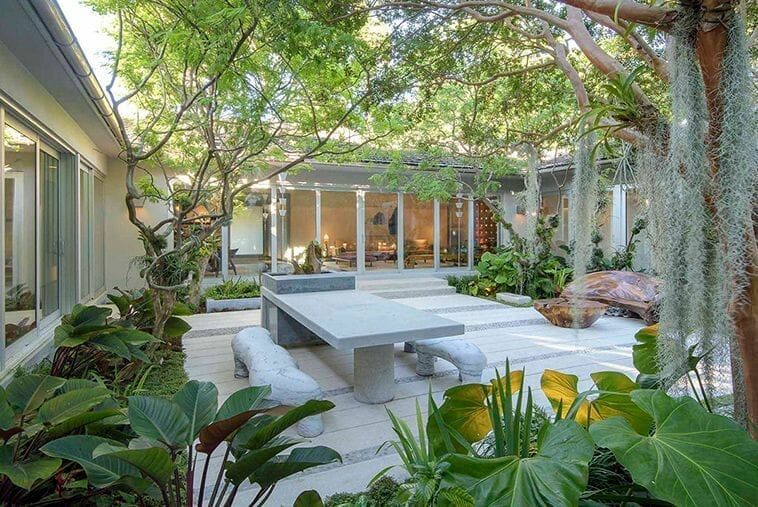

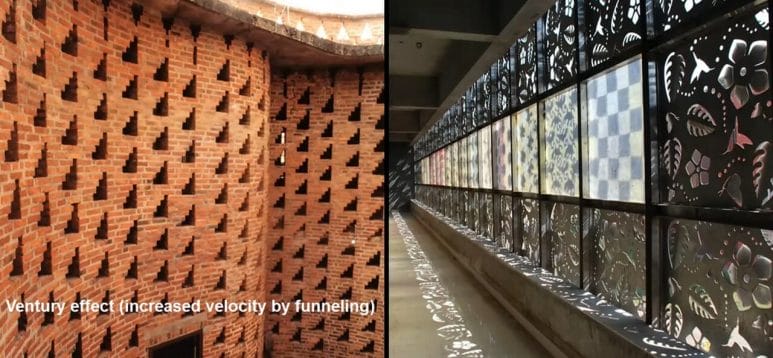
7R’s towards a sustainable design
Refuse
It defines refusing to use any design feature that is not energy-efficient or causing any harm to the environment.
Reuse
It involves the reusing of abandoned buildings by revitalizing their structures and working and using them for any other purpose
Recycle
As the primary meaning suggests, recycling is using waste products to create different design elements that contribute to the sustainability of the building keeping it aesthetically pleasing as well.


Redefine
This R talks about redefining sustainability with local techniques, a simple material palette, and basic design elements crafting a green built-form. Redefining is about reinterpreting modern architectural spaces with traditional principles.
Regenerate
Regeneration deals with maintaining the cultural and traditional context of the site or the client and generating a new design and environment responsive yet traditional.
Respond
Respond refers to a building being responsive to the environment and the climatic conditions of the site. A responsive design creates comfortable premises for the users irrespective of the building type.

Reduce
Reducing involves eliminating unconscious use of resources and only incorporating thought-through design principles for a better-resulting structure.
“Concerns can be applied everywhere, Sustainability is not a formula”, says Architect Yatin Pandya at the Green Building Summit.
The primary key is to have diverse approaches that reflect traditional architecture but have a newness and fresh perspective on the design. The approach that is in context with the form and functionality along with the traditions and culture truly conceives a sustainable structure.




















